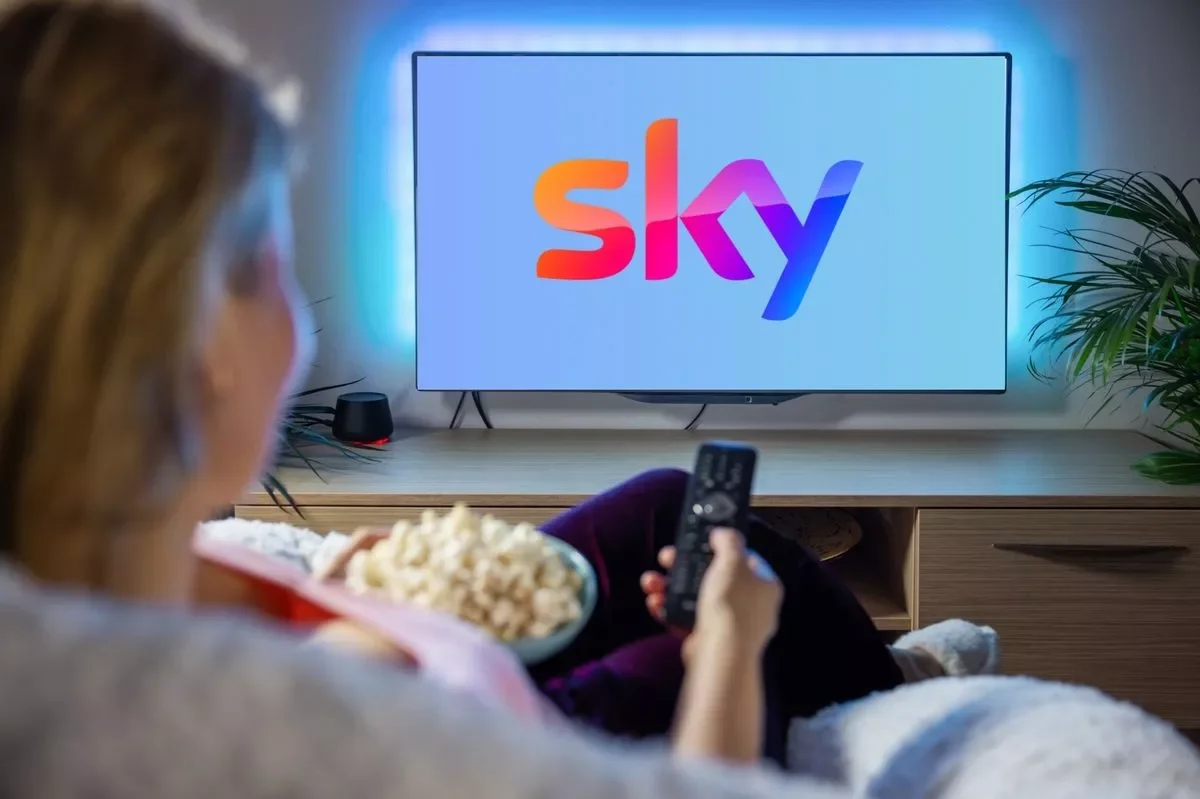App Marketing Strategies.
App Marketing Strategies
Key Takeaways
Acquisition alone isn’t enough – success depends on balancing discoverability with long-term retention and loyalty.
Strategy must be multi-layered – from ASO and paid campaigns to influencer content, retargeting, and partnerships.
Data and community drive growth – measuring lifetime value, optimising user journeys, and fostering engaged communities are what separate thriving apps from forgotten ones.
Why App Marketing Matters
Mobile apps are now at the centre of digital life. From shopping and banking to entertainment and productivity, apps shape how consumers interact with brands and services daily. The global app economy continues to expand, with billions of downloads each year and an increasing share of e-commerce, gaming, and media consumption taking place in-app.
But with this opportunity comes intense competition. The average smartphone user has over 80 apps installed, but regularly uses fewer than 10 on a daily basis. That means for every new download, there is a constant battle for retention and engagement.
In such a saturated market, marketing your app effectively is as important as building the app itself. Without a strong strategy, even the most useful or beautifully designed app can disappear into obscurity.
This article explores the most effective app marketing strategies for 2025—covering everything from acquisition to retention, and from organic discovery to paid growth.
1. Understanding Your Audience
The foundation of any app marketing strategy is a clear understanding of your target audience:
Who are they? Consider demographics, interests, income, and location.
What problem does your app solve for them? Every successful app offers a clear value proposition.
Where do they spend their time? Knowing which platforms, communities, and channels they use is critical for reaching them.
Invest in audience research, surveys, and social listening. The more you understand the motivations and behaviours of your potential users, the more tailored and effective your marketing can be.
2. App Store Optimisation (ASO)
Think of ASO as the SEO of mobile apps. The majority of app downloads begin with a search on the App Store or Google Play. Optimising your app listing ensures you rank higher, attract attention, and convert visits into downloads.
Key ASO tactics include:
Keywords – Research relevant, high-traffic search terms and include them naturally in your app title, description, and tags.
Visuals – High-quality screenshots, engaging preview videos, and a strong app icon all influence first impressions.
Ratings and Reviews – Encourage happy users to leave positive reviews, as these heavily influence rankings and conversion rates.
A/B Testing – Continuously test different app store creatives (icons, screenshots, copy) to identify what resonates most.
ASO is not a one-off task but an ongoing process. Regular optimisation ensures your app stays discoverable in a fast-moving market.
3. Paid User Acquisition
While organic discovery is valuable, paid advertising remains one of the fastest ways to scale app downloads. In-app advertising networks and paid channels allow for precise targeting, measurable ROI, and rapid experimentation.
Popular paid acquisition channels include:
Social Media Ads – Platforms like Facebook, Instagram, TikTok, and Snapchat offer advanced audience targeting and creative ad formats (stories, reels, vertical video) optimised for app installs.
Google App Campaigns – Automated campaigns across Search, Display, YouTube, and Google Play that optimise towards installs and in-app actions.
Programmatic Ads – Use data-driven targeting to reach niche audiences across multiple apps and websites.
The most effective paid campaigns are those optimised not just for installs, but for post-install behaviour—ensuring you acquire users who will actually engage and spend within the app.
4. Influencer and Content Marketing
Influencer marketing has become a powerful tool for app growth, especially in consumer categories like gaming, lifestyle, fitness, and e-commerce.
Micro-influencers – While mega influencers reach millions, smaller creators often deliver higher engagement and more authentic promotion.
Video-first Content – Platforms like TikTok and YouTube are ideal for showing app functionality in action, through tutorials, reviews, or challenges.
User-Generated Content (UGC) – Encourage existing users to share their experiences with the app, amplifying word-of-mouth credibility.
Pairing influencer activity with paid amplification ensures maximum reach while still benefiting from authenticity.
5. Retargeting and Re-Engagement
Acquisition is only half the battle. Many apps face high churn rates, with up to 70% of new users abandoning an app within 30 days. That makes retention strategies just as important as acquisition.
Effective tactics include:
Push Notifications – Deliver timely, personalised nudges to encourage users back into the app.
In-App Messaging – Guide users to discover new features or offers during live sessions.
Email Marketing – Reconnect with lapsed users through targeted campaigns.
Retargeting Ads – Show ads to users who installed but stopped using the app, reminding them of benefits or new features.
The key is relevance. Poorly timed or irrelevant messages can feel intrusive and drive users away, while helpful, personalised reminders can keep them engaged.
6. Partnerships and Cross-Promotion
Strategic partnerships can expand reach and credibility. Examples include:
Cross-promotions with complementary apps (e.g., a fitness app partnering with a nutrition app).
Brand collaborations that tie the app into wider campaigns (e.g., retail apps partnering with payment providers).
Affiliate programmes that incentivise partners and publishers to drive installs.
Cross-promotion leverages the trust and audiences of others, helping your app break through without relying solely on ads.
7. Tracking and Analytics
Data underpins every successful app marketing strategy. Without it, you cannot optimise effectively.
Brands should track not just installs, but lifetime value (LTV), retention rates, and in-app behaviour. Tools like Firebase, Adjust, and Appsflyer allow marketers to monitor acquisition channels, measure attribution, and optimise spend.
Key metrics to track include:
Cost per Install (CPI)
Cost per Active User (CPA)
Retention Rate (Day 1, Day 7, Day 30)
Average Revenue Per User (ARPU)
Lifetime Value (LTV)
These insights help identify which campaigns deliver not just downloads, but long-term, profitable customers.
8. Building Loyalty Through Community
Finally, the most successful apps do not just attract users—they build communities.
Social Integration – Features that allow users to share achievements, content, or updates create organic promotion.
Gamification – Leaderboards, rewards, and challenges encourage regular engagement.
Community Spaces – Whether in-app forums, Discord groups, or Instagram communities, giving users a place to interact builds loyalty.
The stronger the sense of community, the more likely users are to stay engaged, recommend the app to others, and form long-term habits.
Future Trends in App Marketing
Looking ahead, several shifts will shape app marketing strategies:
AI and Personalisation – Delivering hyper-relevant experiences and recommendations to individual users.
Privacy-first Marketing – With stricter data regulations (such as Apple’s ATT), marketers must rely more on contextual targeting and first-party data.
AR and VR Integration – Immersive experiences within apps will create new storytelling and advertising opportunities.
Super Apps – Platforms that bundle multiple services (payments, shopping, entertainment) are gaining traction, particularly in Asia, setting new benchmarks for user convenience.
Brands that stay ahead of these trends will gain an advantage in a highly competitive market.
Final Word
App marketing is no longer just about driving installs. It’s about attracting the right users, engaging them meaningfully, and retaining them for the long term.
A winning strategy integrates multiple approaches: ASO for discoverability, paid media for scale, influencer content for credibility, retention tactics for loyalty, and analytics for optimisation. Most importantly, it aligns every tactic with a deep understanding of the audience.
In a crowded market where attention is scarce and competition fierce, effective app marketing can be the difference between becoming a daily essential—or being deleted after the first use.
The opportunity is there. The challenge is clear. The brands that treat marketing as core to their app strategy, not an afterthought, will be the ones that thrive.
To learn more about App Marketing Strategy, get in contact today.












